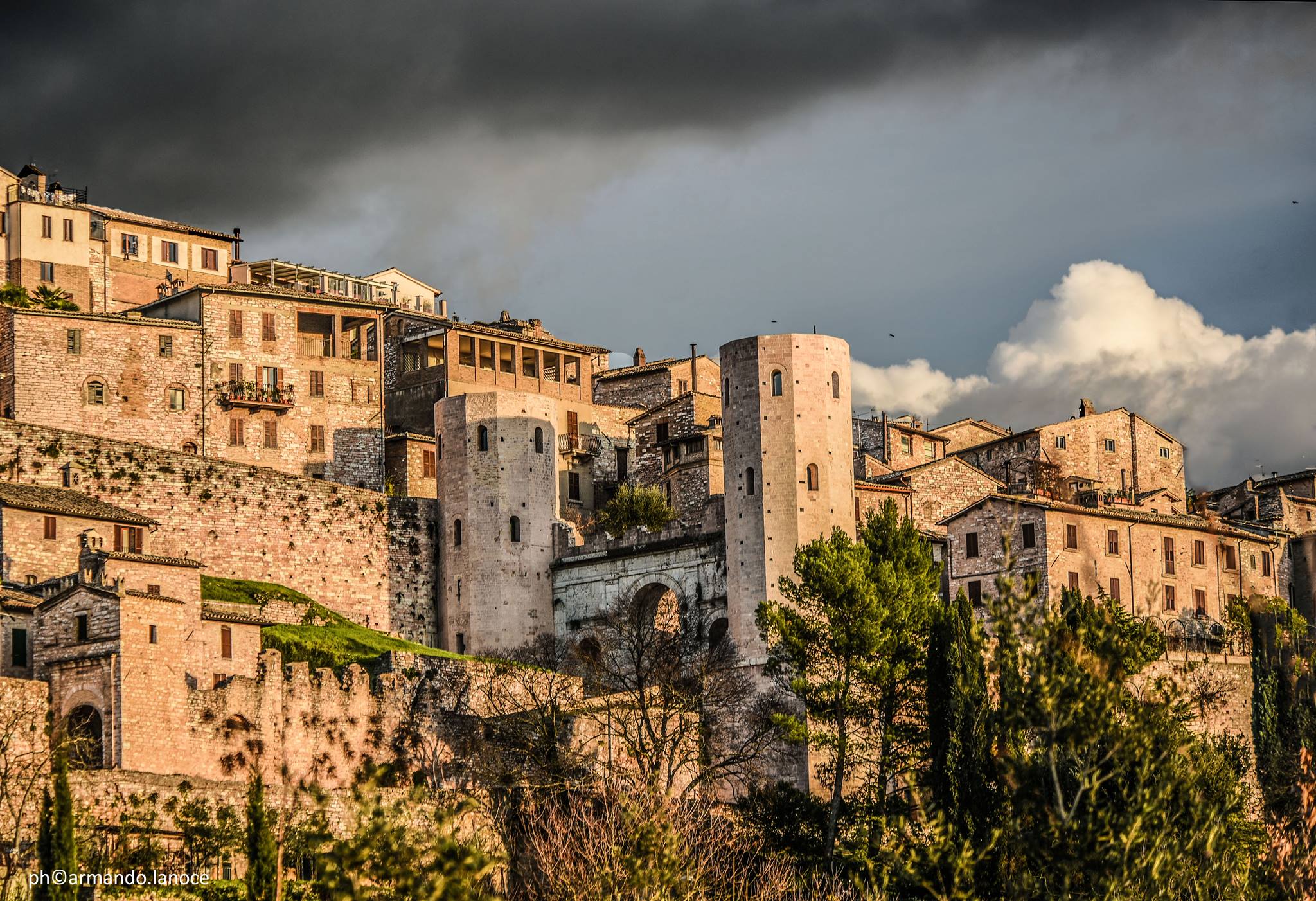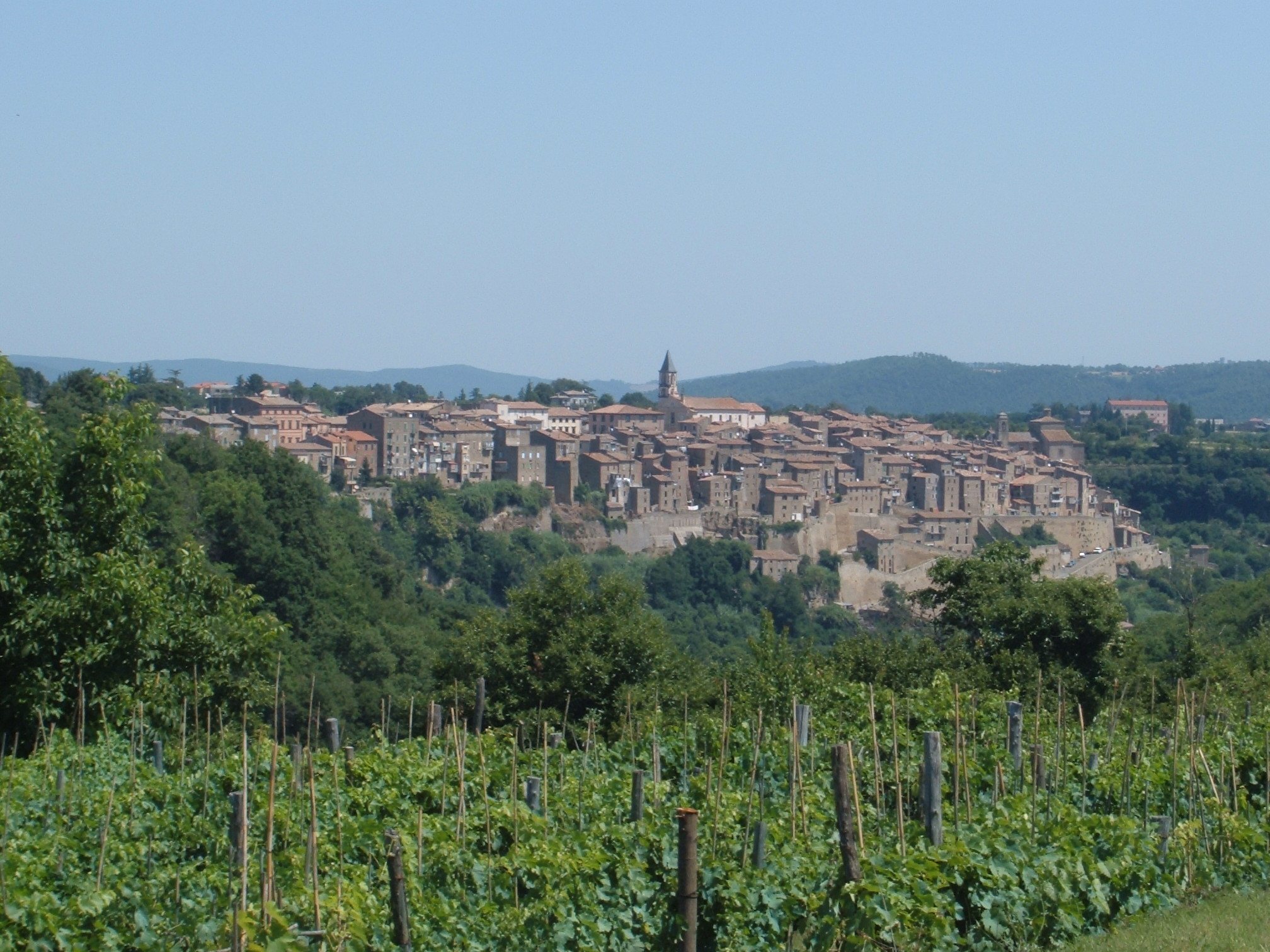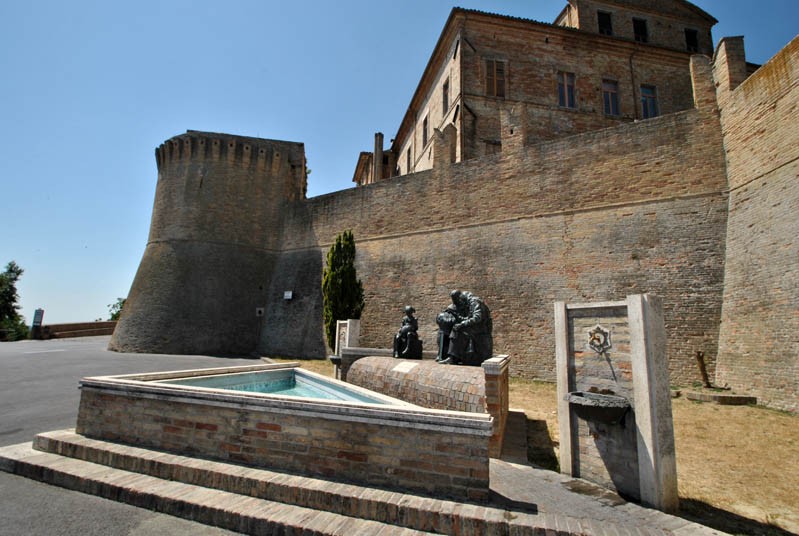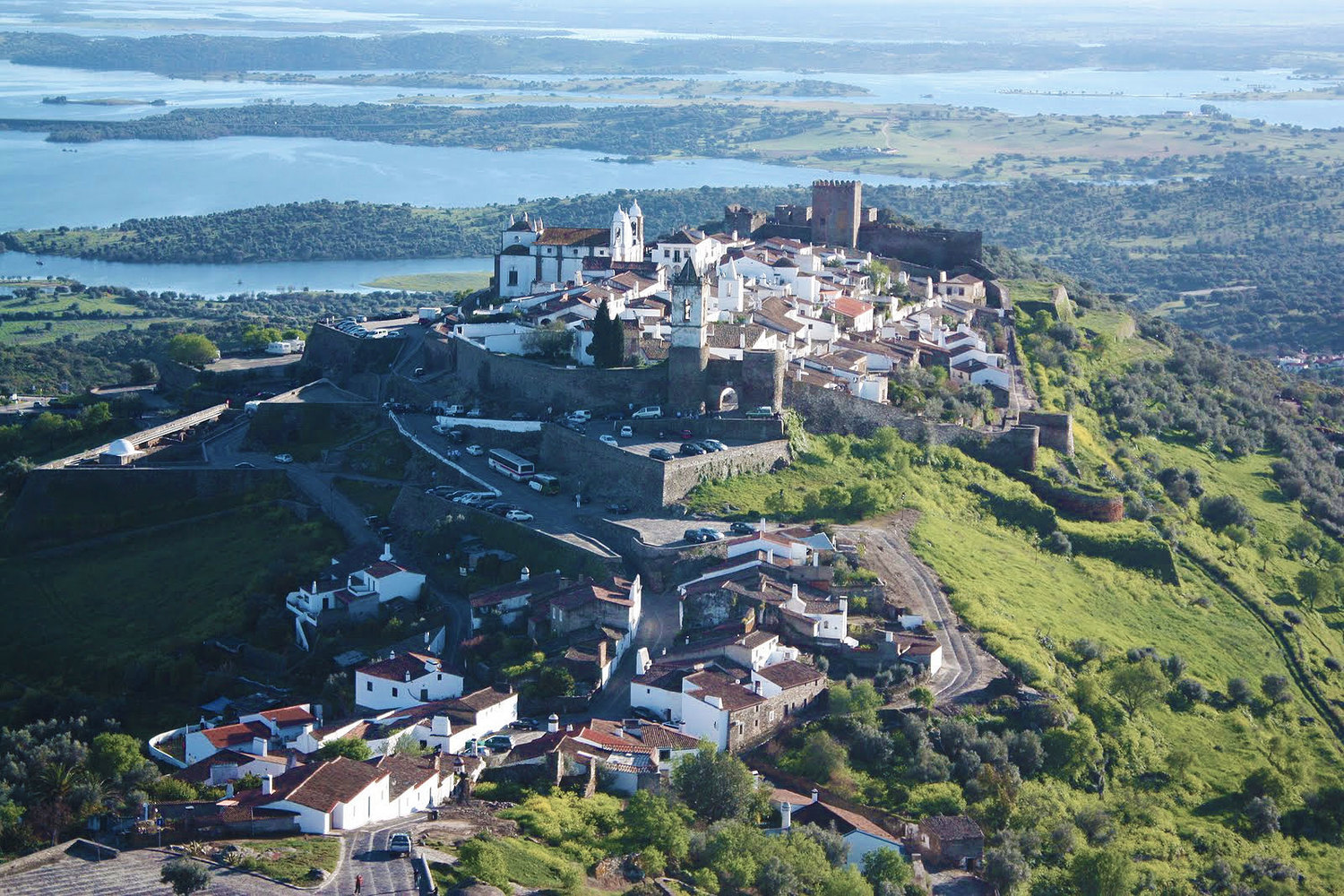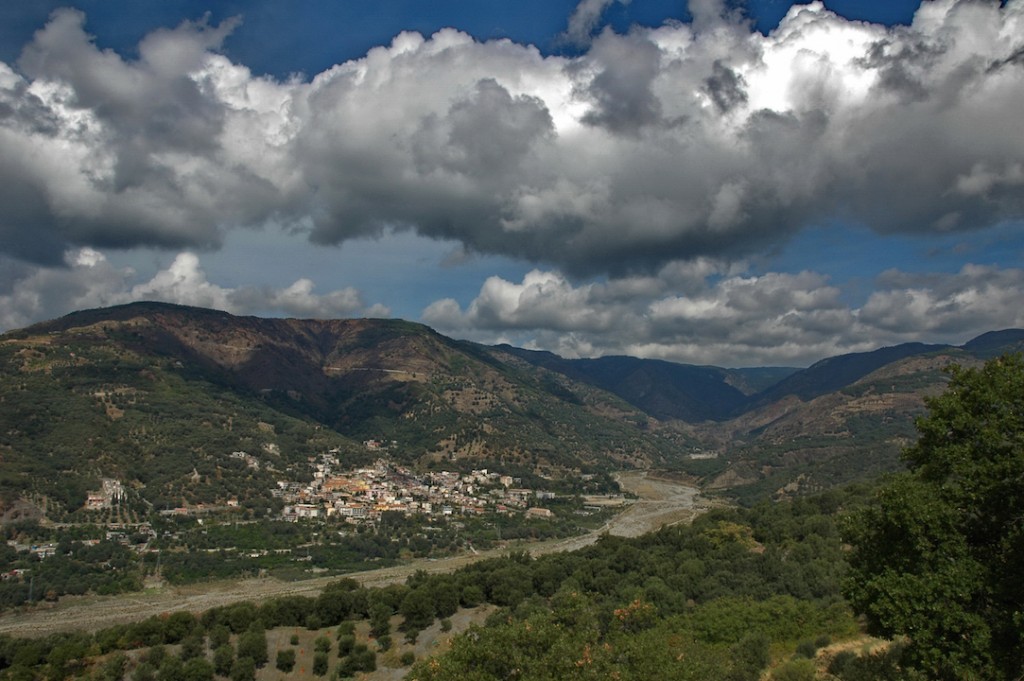It is placed to the feet of the Subasio mountain and dista all’incirca 5 km from Foligno and 30 from Perugia. The surface of the commune extends in mountain, hill and plain. Its land, very fertile, is cultivated with cereals, vines and olive trees. It is from this last plant that Spello draws its most precious gastronomic product: the extra virgin olive oil. Not to case the città, over to be numbered between the suburbs più beautiful of Italy, ago part of the National Association Città of the Oil.
There are weekly markets and flourishing folklore events, among which the Infiorata del Corpus Domini (Corpus Christi flower festival) and the Festa dell’olio (oil festival), held respectively in May-June and December-January. In the town there are numerous works of Roman and Renaissance, in fact the church of Santa Maria Maggiore, the largest of Spello, boasts splendid frescoes of Pinturicchio, preserved in the chapel Baglioni.
Spello was founded by the Umbrians and then called Hispellum in Roman times. It was declared by Caesar "Splendidissima Colonia Julia".
The rests of the city wall, very più ample in past of how much we can admire today, attest the greatness that had the città, così like the archaeological rests that surround it. Devastating for Spello was the descent in Italy of the Barbarians that reduced it in a poor suburb. In età longobarda and franca it made part of the dukedom of Spoleto, for then to pass to the Papacy. The citizen however, mindful of the prosperità and of the relative autonomy of which it enjoyed in Roman epoch, not tardò to become free Common with own laws. In 1516 the commune was feudato from the Pope to the family perugina of the Baglioni which belonged until 1648.
In the IV century Spello was Episcopalian center and in the High Middle Ages – with other close dioceses now suppressed – made part for a lot of time of the vast diocese of Spoleto. Currently Spello è instead integrated in the diocese of Foligno.
Interesting places: Consular Door: main income of the città Roman, in limestone of the Subasio, with medieval square tower and three republican marble statues. Augustan Walls and Porta Urbica: about 2 km, among the most significant and intact walls of Italy. Porta Venere and Properzio towers: Augustan, very harmonious, with two mighty dodecagonal Romanesque towers. Porta dell’Arce or Capuchins: Roman, northern entrance to the cityà. Palazzo comunale, in which there are Roman inscriptions, two portraits of Flavian age, a valuable library with Venetian furniture and especially the famous rescript of Constantine dated 333-337 AD, sixteenth-century outdoor fountain with the coat of arms of Julius III. Building Baglioni, in public square of the Republic, a time residence of the Baglioni counts of Spello until 1648. Palace Urbani, with splendid wooden gallery with roof. Chapel Tega, with frescos of the Alunno. Collegiate of Saint Maria Maggiore, that entertains, in the chapel Baglioni, splendid frescos of the Pinturicchio (1500 around-1501) and a valuable floor of majolica of Deruta ("Il frate",1566). Precious the Tabernacle, by Rocco da Vicenza (1516). The original facade, of the 13th century, was completely rebuilt around the middle of the 17th century. The interior has many baroque elements including an altar. Sant’Andrea, guards the Madonna in throne and saints of Pinturicchio and collaborators, of 1506-1508. San Lorenzo, with frescoes and tabernacle of ‘400. Saint Claudio, Romanesque church of the XI century (perhaps built above a temple dedicated to Saturno) having frescos of the XIV century (Cola di Petrucciolo da Orvieto) and of the XV century (Ignoto). Villa late Roman (Augustan), with remarkable mosaics well preserved, located in the locality of Sant’Anna. Villa Costanzi, well known as Villa Fidelia, of the 17th century, hosts every year events and concerts. Civic Art Gallery, with interesting works from the 15th to the 18th century.
